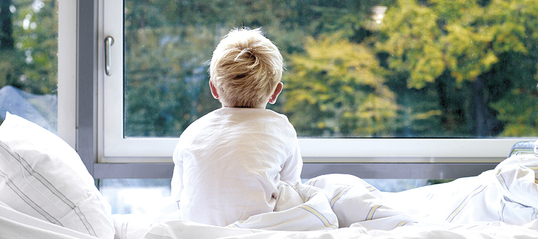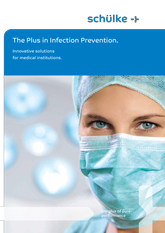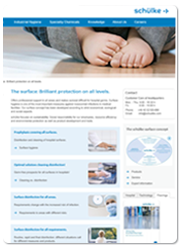
mikrozid® - a strong brand
Nosocomial infections in medical facilities, care and nursing homes have increased at an alarming rate in recent times. Preventing these infections from spreading further calls for an efficient multi-barrier system of hygienic preventive measures. In this context, surface disinfection plays an increasingly important role, as studies have shown: pathogens can survive on inanimate surfaces for weeks of even months, which means that cross-contamination represent a constant risk*.

Surfaces that frequently come into contact with hands or the skin present a particularly high risk of transmission of infections. These include in particular all surfaces in the patient's surroundings, which are often part of the chain of transmission of various pathogenic microbes. It is thus a logical consequence that a large number of surface disinfectants such as sprays and disinfectant wipes are being offered for risk areas in the patient's surroundings.
In medical facilities, such as hospitals, it is the duty of the hygiene committee and hospital hygiene to define disinfectant measures in the hygiene plan that are adapted to the local circumstances. In view of the wide range of products available, selecting the suitable disinfectants is often difficult. Decision criteria such as efficacy, material compatibility, active substances, convenience, odour, cost-effectiveness and many other factors influence the choice of products.
*A. Kramer, I. Schwebke, G. Kampf: How long do nosocomial pathogens persist on inanimate surfaces? A systematic review, BMC infect. Dis. 6 (2006) 130
The products and services presented on this microsite are not available in every country. If you have any questions or comments please contact one of our subsidiaries or your local distributor for more information.


